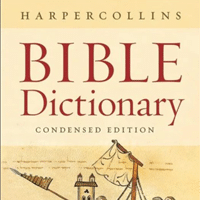Fi-nish´uh
The name given to a strip of the coastal Levant during the first millennium BCE. The heartland of Phoenician city-states was the coastal area from Acco in the south to Arvad in the north, which in the main constitutes modern Lebanon. The most important cities and sites are the island-city Tyre, with its mainland counterpart Ushu (Old Tyre), and Sidon and its neighbors, Zaraphath, Arvad, the ancient port of Byblos, and Beirut. In the tenth century BCE Phoenician craftsmen were sent to Israel to assist Solomon in the construction of the Temple at Jerusalem. In return Solomon sent grain and olive oil to Hiram, king of Tyre, and even Galilean territory was given to him (




